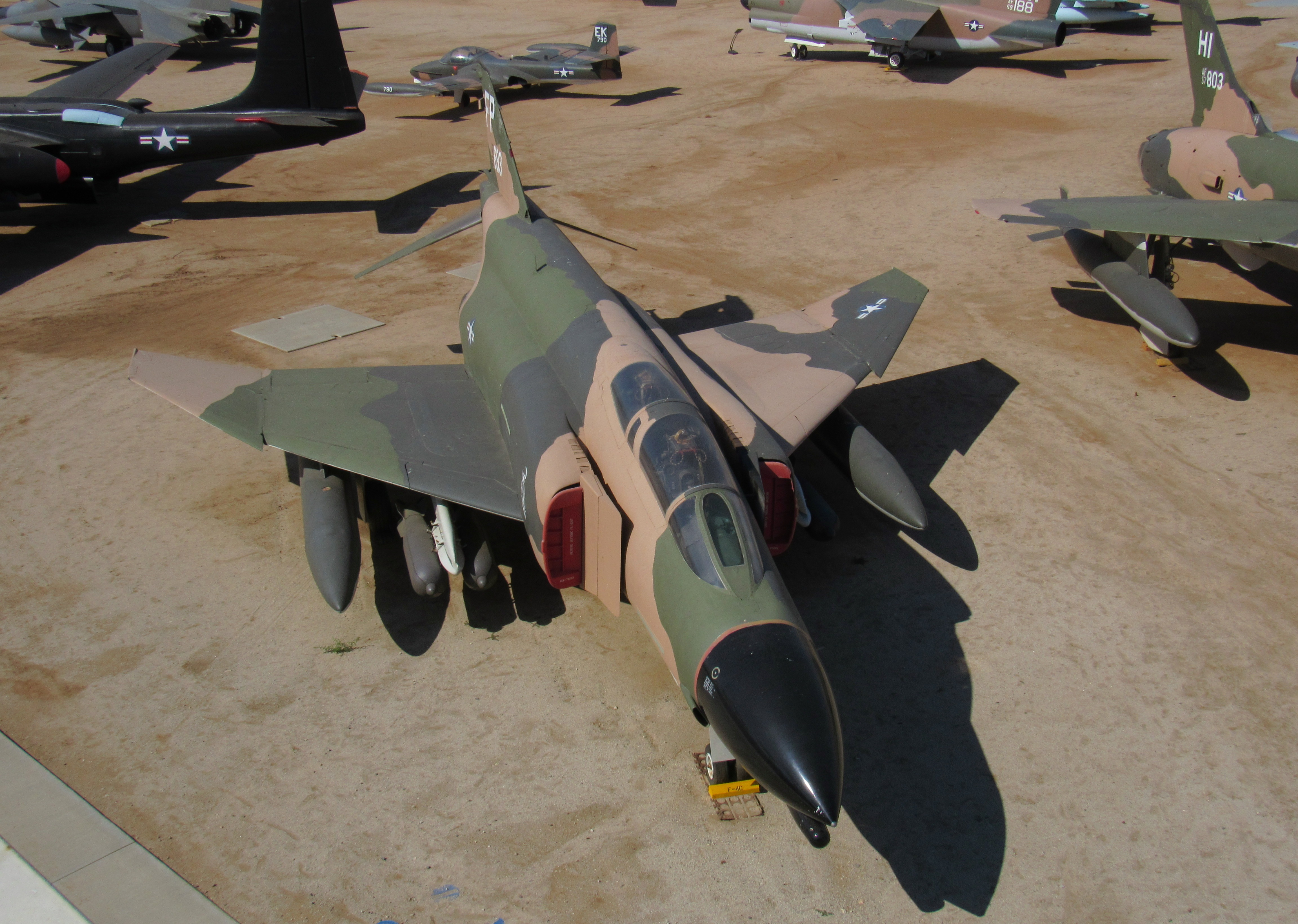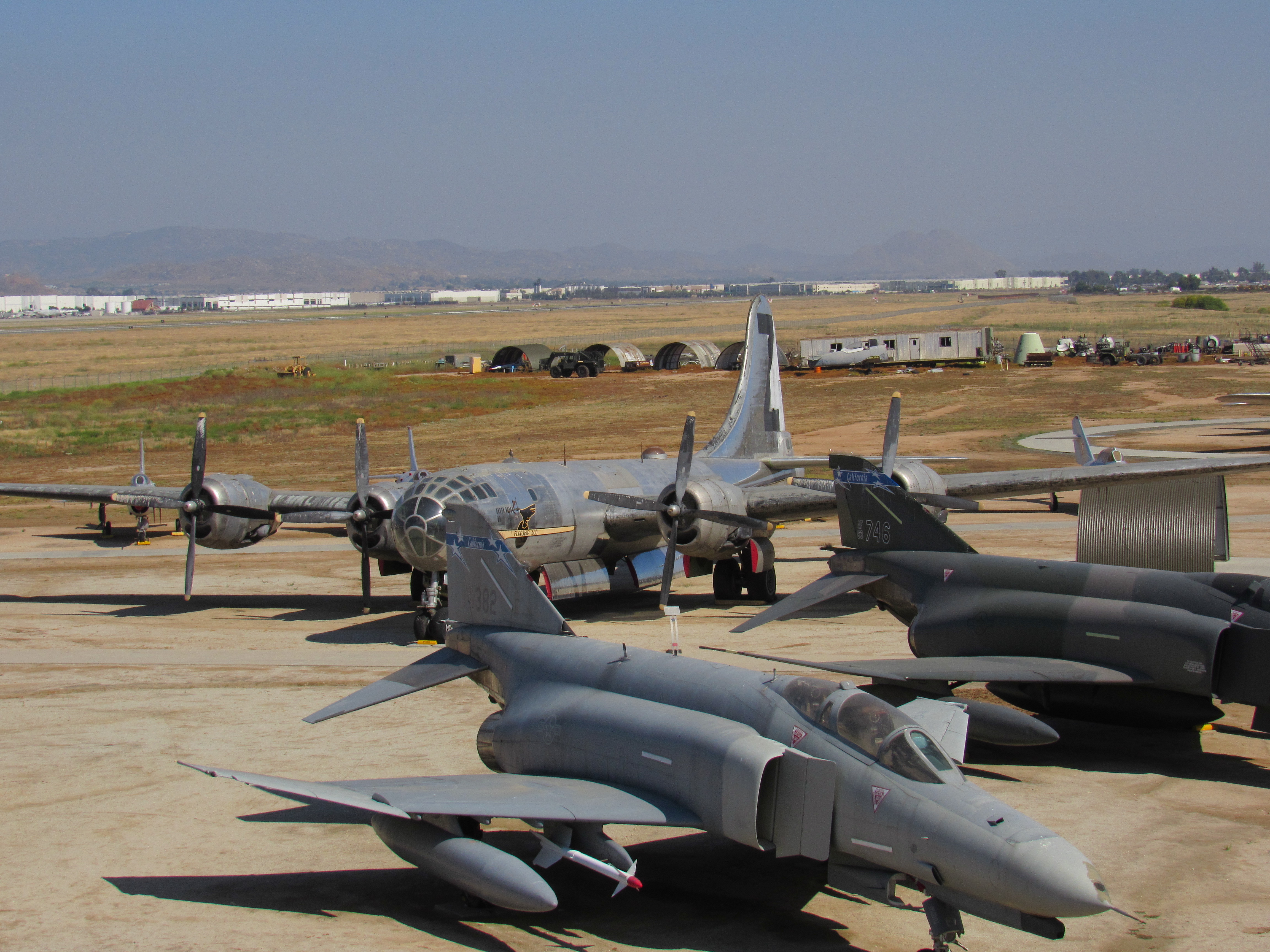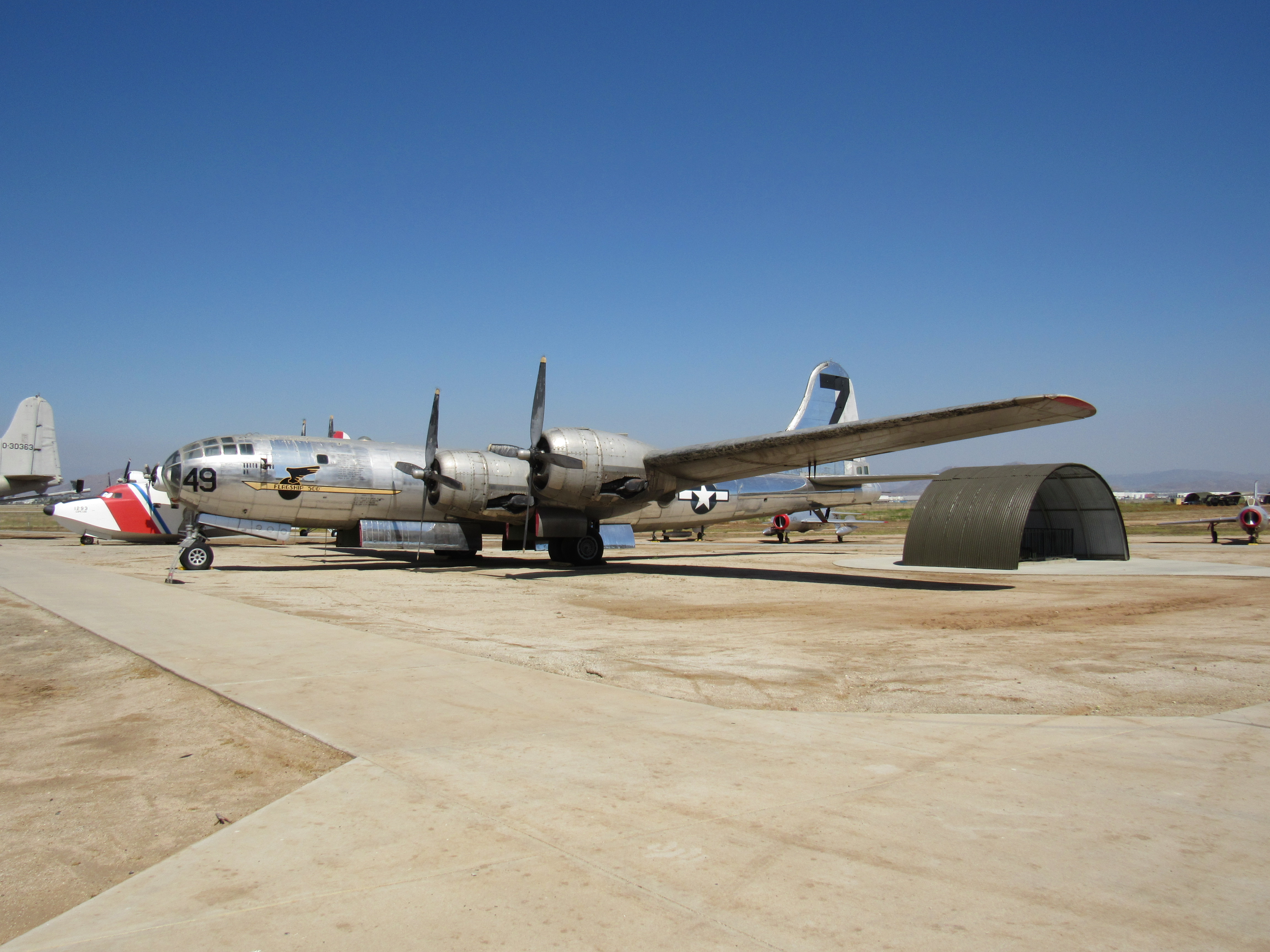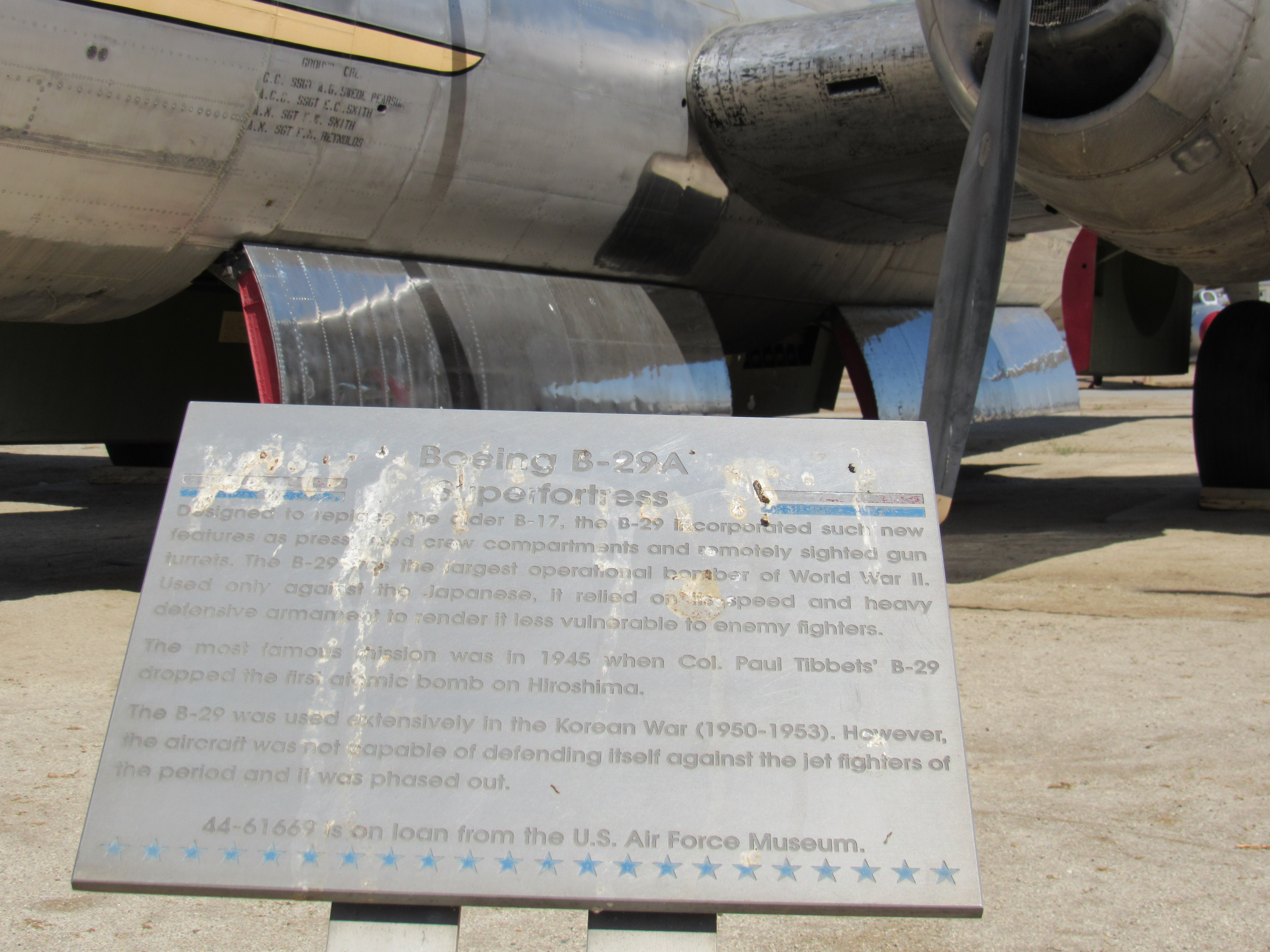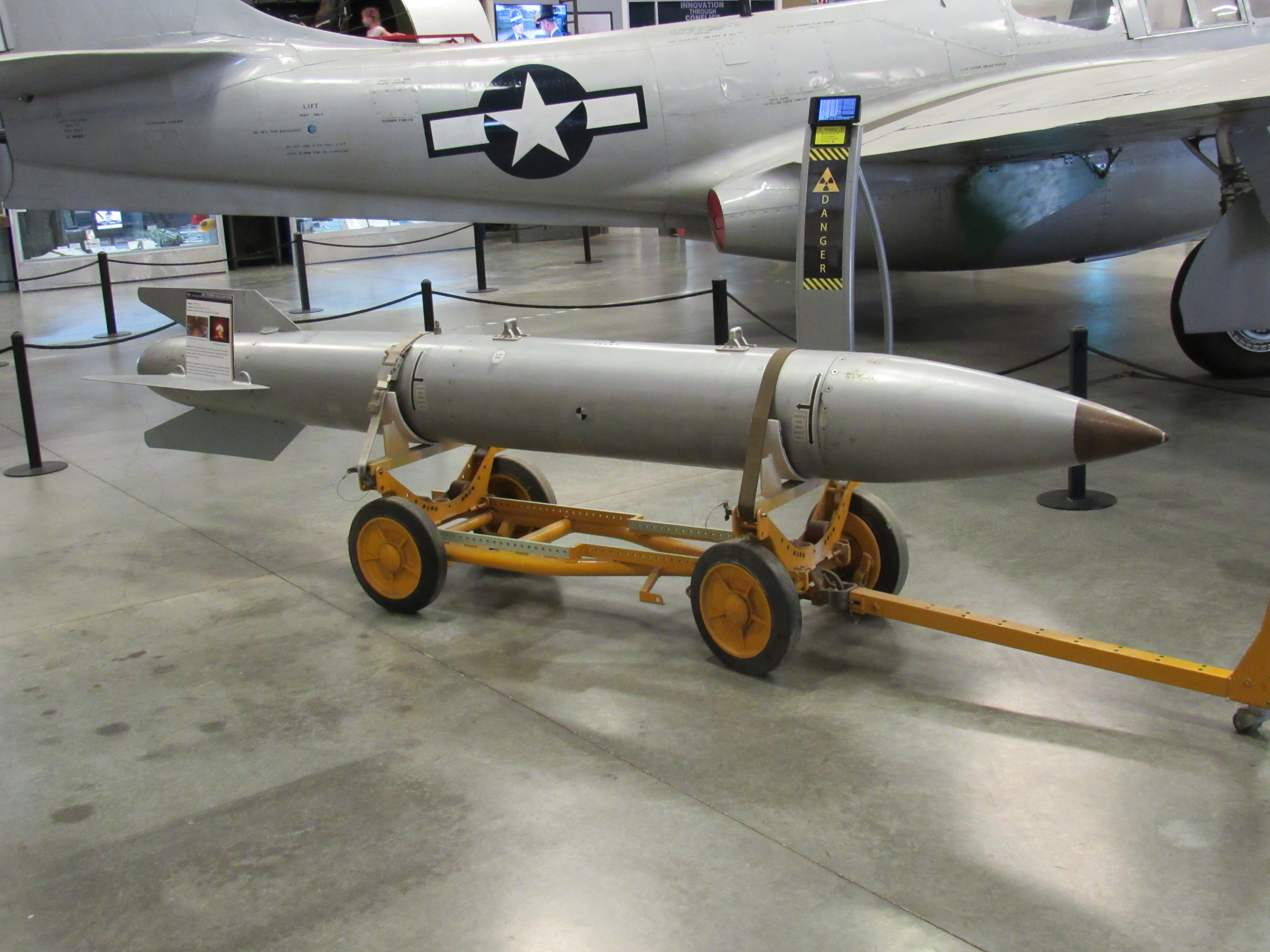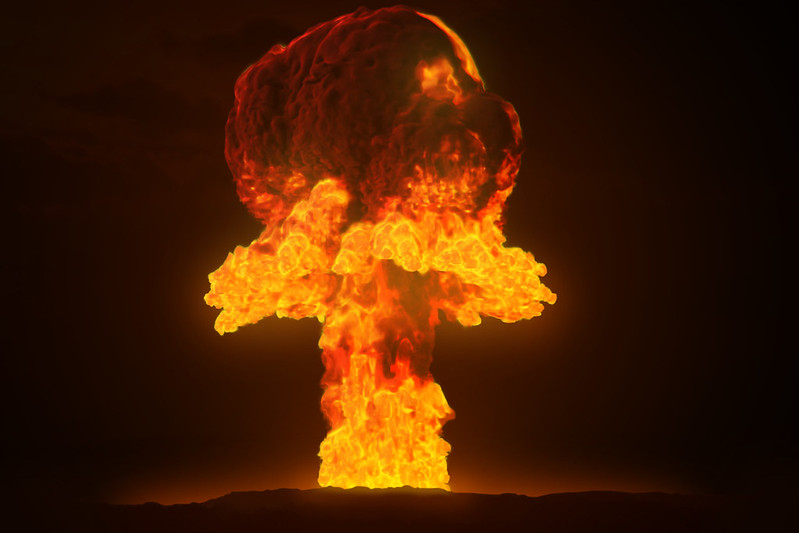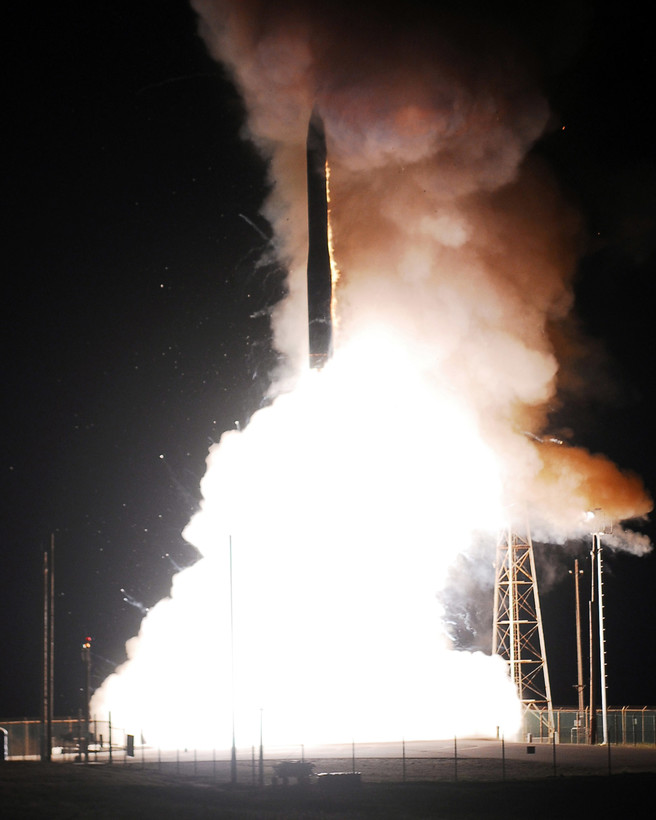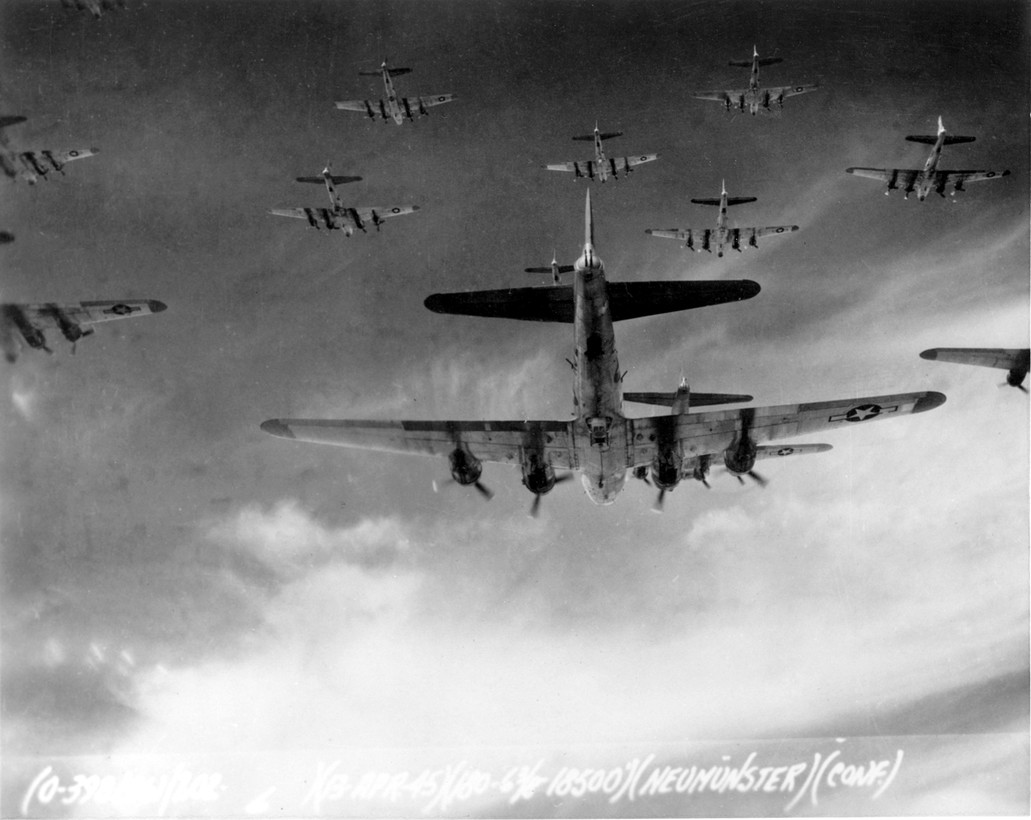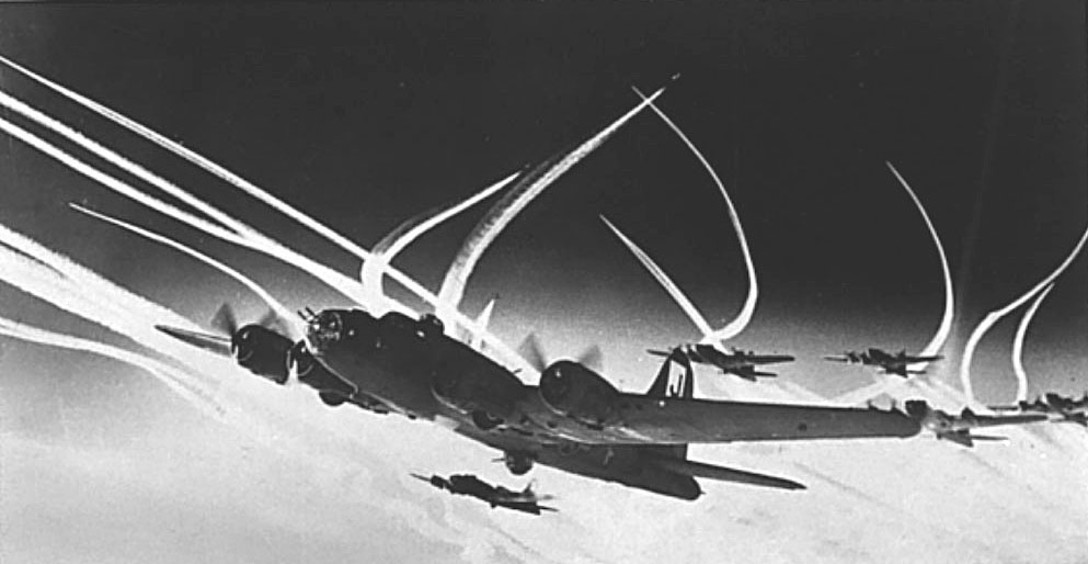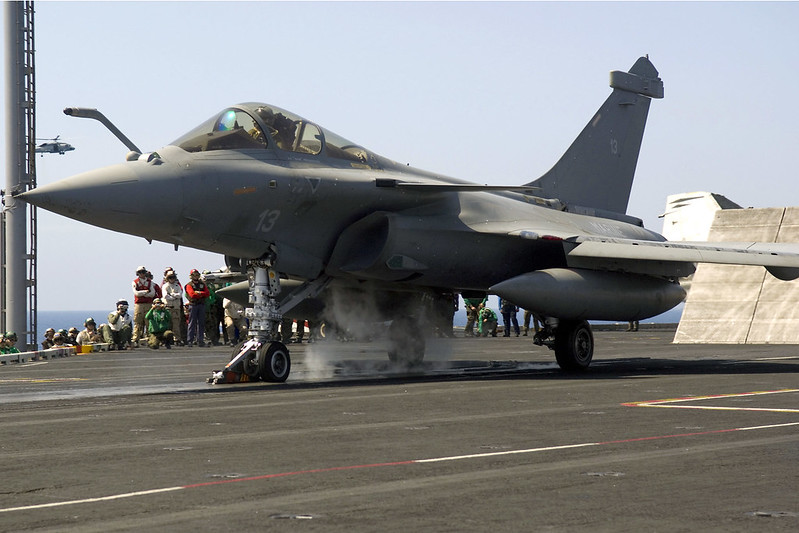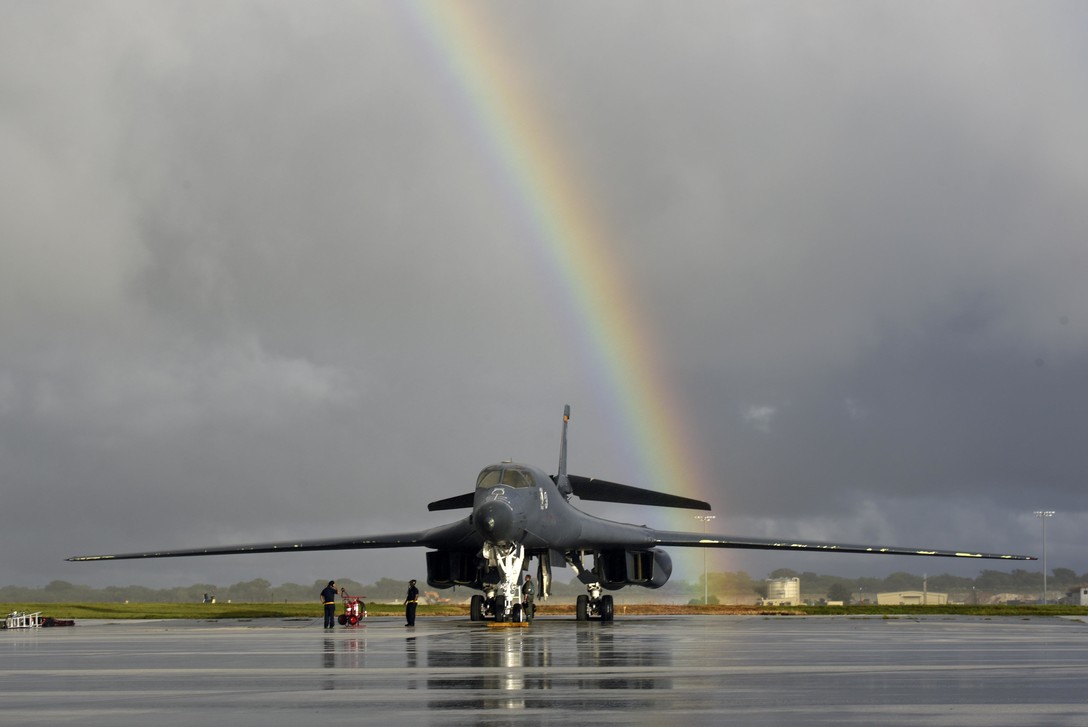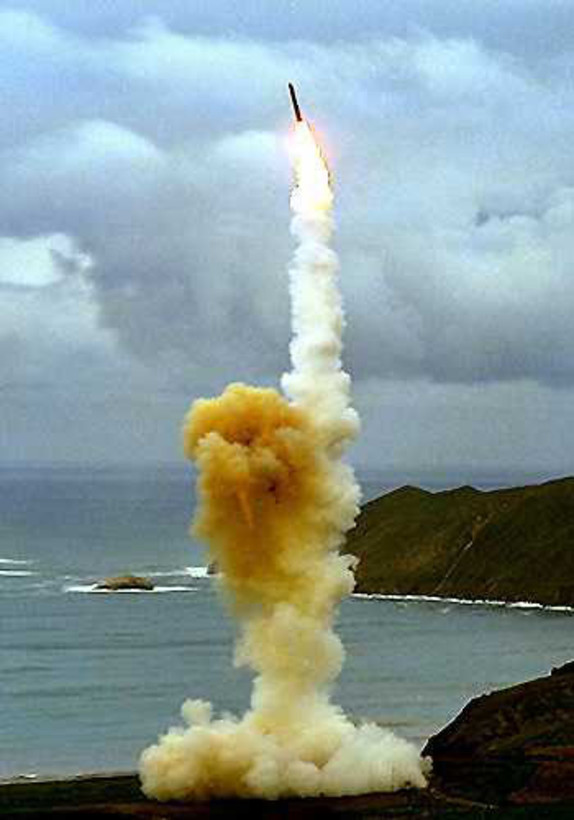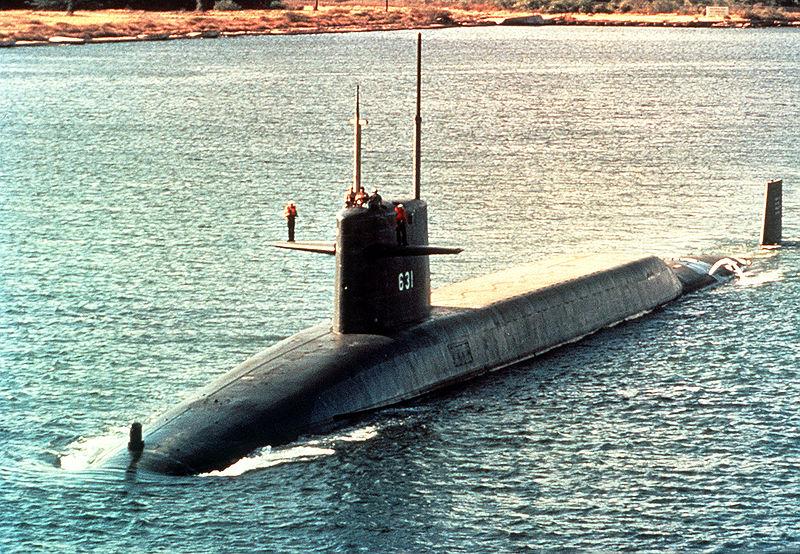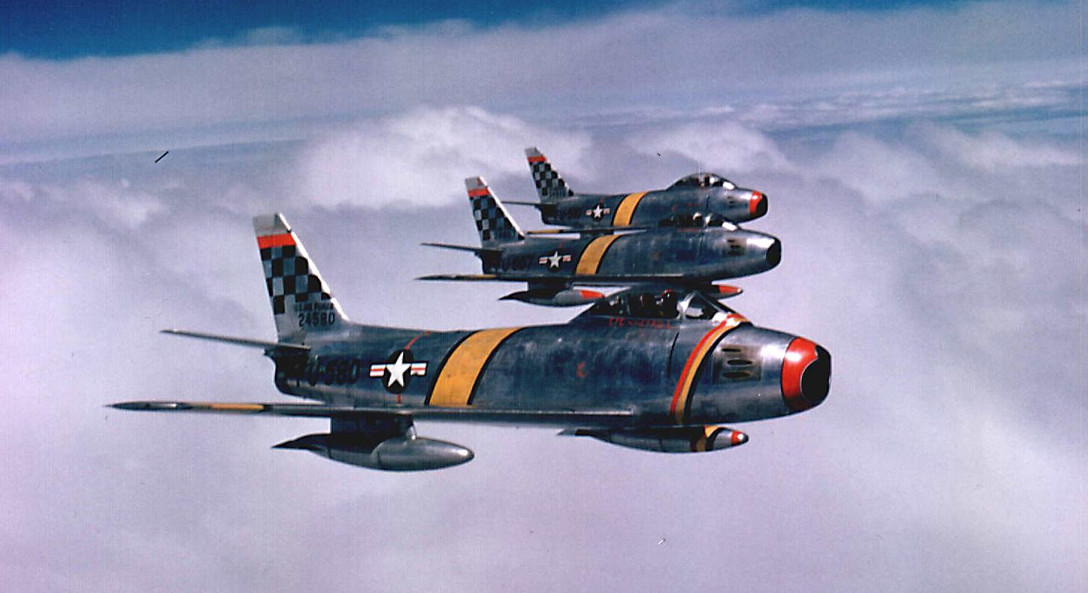
More background on the U.S. bomber forces and some info on prices for new fighters. Oh, some really nice photos too, courtesy of the U.S.A.F.
6/24/20 – Popular Science – Inside a training mission with a B-52 bomber, the aircraft that will not die. Author goes along on a training flight, weaving together history of the B-52, description of future structure of manned bomber force, and tale of the flight.
Fun read. Check it out.
Some interesting tidbits:
Every four years each B-52 goes through a massive maintenance routine which takes 40,000 hours of labor and replaces about 3,000 parts. This extensive maintenance along with major upgrades means the B-52 fleet is likely to stay in use until the year 2050.
Current inventory of the manned bomber fleet:




